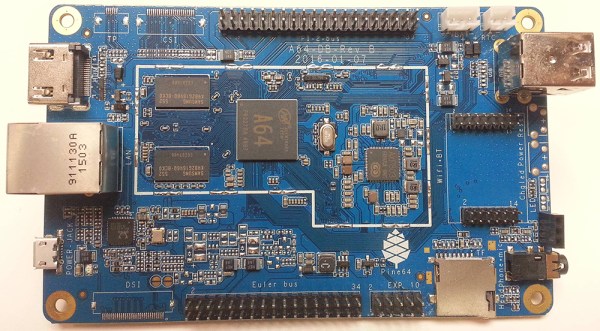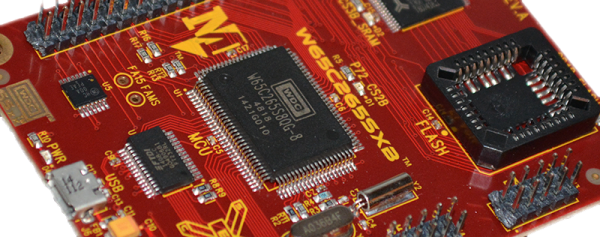Picking the best resin (SLA) printer is not an easy task. Every large and small 3D printer manufacturer offers a range of models covering many features that are backed by an equally extensive range of customer support. Although review sites and user feedback on forums can help with making a decision, especially for beginners it can feel like just a wild guess. Even for advanced users, it is a chore to stay on top of all the goings-on within the world of resin printers. This is why [VOG] (VOGMan, formerly VegOilGuy) has started a resin printer review site that asks for feedback from the community.
In the video, [VOG] explains the goal behind the data gathering, how to use the form to submit experiences with a specific resin printer, as well as any communications with the customer support behind these printers. Ultimately this should result in a pretty solid, community-sourced data set that can be used to figure out trends, pin-point issues with specific printers and make statements about which printer manufacturer offers the best customer support.
Continue reading “You Can Help Build A Resin Printer Review Database”



















